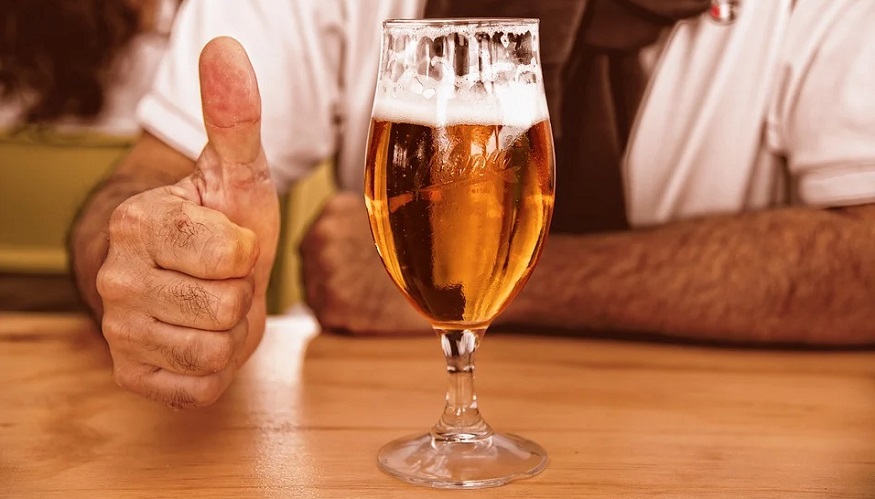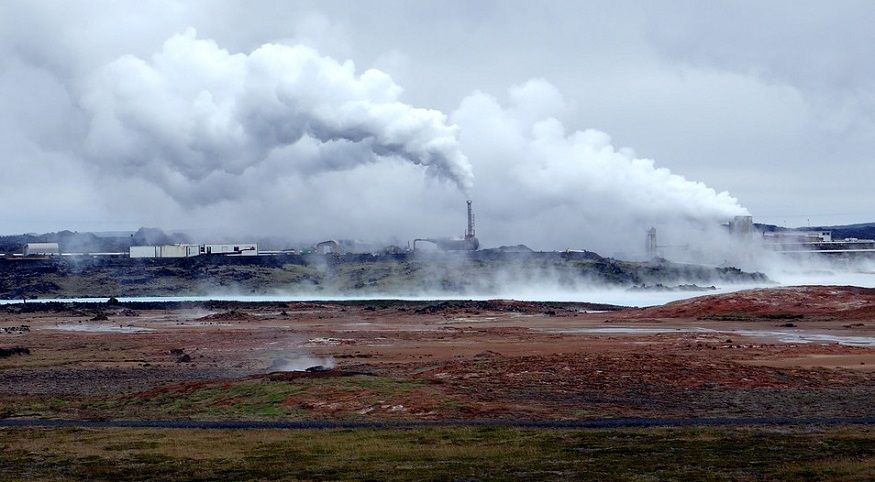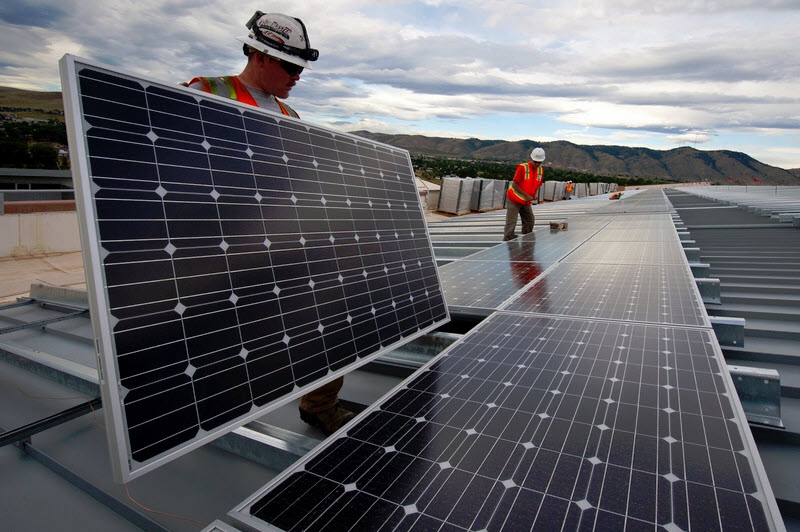
Australia is generating renewable energy from unsold beer during pandemic
August 18, 2020The country is turning stale and expired ales and lagers to power a water treatment plant.
Australia is turning lemons into lemonade or, in this case, is generating renewable energy from beer that the country’s breweries haven’t been able to sell due to the pandemic.
The country’s lockdowns have forced bars and restaurants to shut down, reducing ale and lager sales.
Breweries were left with massive inventories of unsold product that were turning stale or expiring. Instead of allowing it to go to waste, the state of South Australia has decided to create an opportunity for generating renewable energy from beer that wouldn’t otherwise be consumed. This electricity is being used to power a water treatment plant.
The Glenelg Wastewater Treatment Plant is located west of Adelaide, the states capital. It will be using millions of liters of unsold ales and lagers brewed at local breweries. This liquid has been converted into electricity to power the plant’s water treatment processes over the last few months.
The plant generates renewable energy from beer through its biogas production facility.
The plant was already equipped to combine organic industrial waste with sewage in order to produce biogas. From there, it used the biogas for electricity production to power itself. Typically, this process produces enough biogas to meet about 80 percent of the plant’s electricity requirements.
However, with the addition of the unsold lagers and ales, the energy production at the wastewater treatment facility has managed to reach 654 megawatt hours in a single month, according to the SA Water senior manager of production and treatment, Lisa Hannant. “By adding around 150,000 litres of expired beer per week, we generated a record 355,200 cubic meters of biogas in May and another 320,000 cubic metres in June, which is enough to power 1,200 houses.”
The strategy to produce renewable energy from beer worked very well with the plant’s “digesters”, explained Hannant, in reference to the massive sealed concrete tanks used to contain heated sewage sludge in an oxygen-free environment. These “digesters” allow the mixture to decompose  and produce biogas rich in methane. Since ales and lagers are high in calories, they are a “perfect” type of substance for the anaerobic (oxygen-free) digestion process, said Hannant.
and produce biogas rich in methane. Since ales and lagers are high in calories, they are a “perfect” type of substance for the anaerobic (oxygen-free) digestion process, said Hannant.



 With over 15 years of reporting hydrogen news, we are your premier source for the latest updates and insights in hydrogen and renewable energy.
With over 15 years of reporting hydrogen news, we are your premier source for the latest updates and insights in hydrogen and renewable energy.